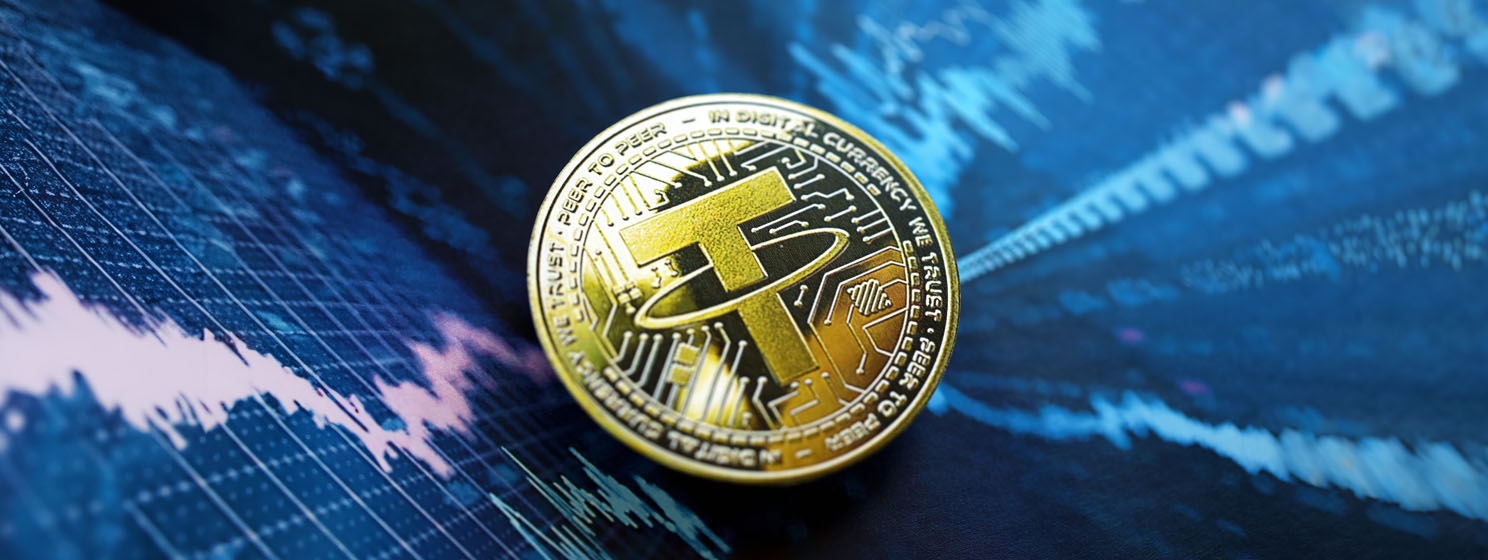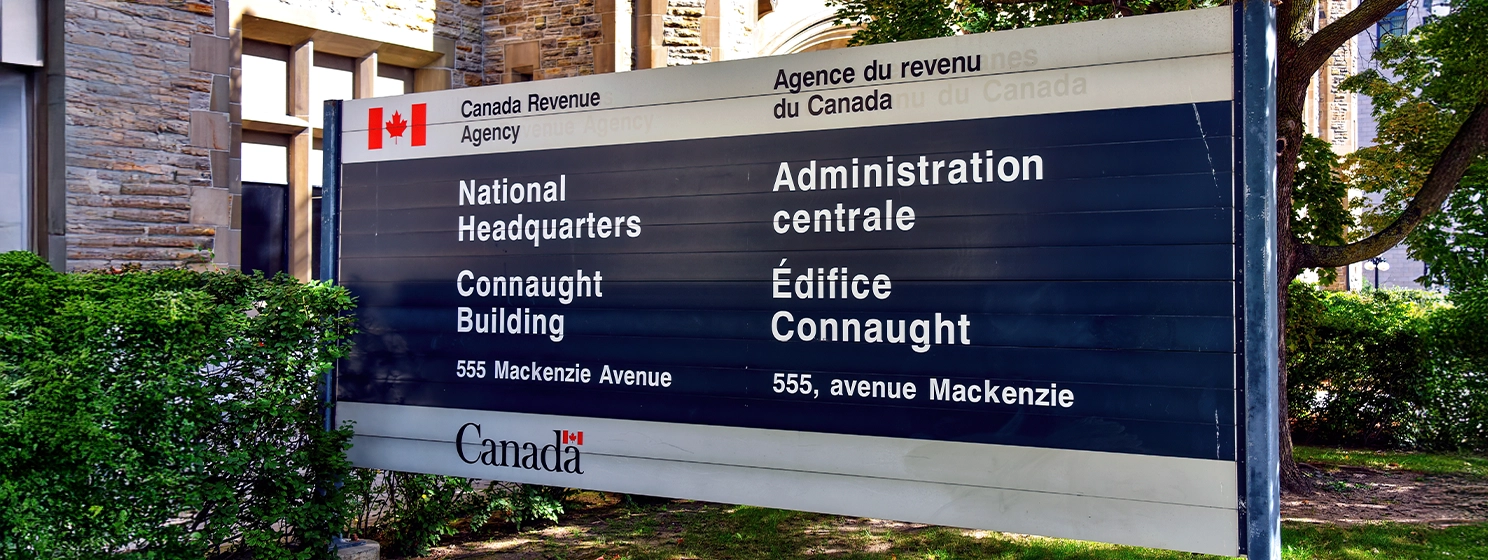|
Getting your Trinity Audio player ready...
|
Tether’s Treasury bill custodian is now officially a U.S. government Cabinet member, but will that help the world’s largest stablecoin issuer avoid being banished from the world’s largest crypto market?
- Lutnick joins secretarial pool
- Tether snarky about shedding its BTC, gold, and loans
- Congress, Tether discussing stablecoin bills
- Tether diversifying out of crypto
On February 18, Howard Lutnick, founder of Wall Street financial services firm Cantor Fitzgerald (NASDAQ: ZCFITX), was confirmed by the U.S. Senate as the nation’s new Secretary of Commerce. As promised, Lutnick has begun divesting his interests in corporate operations, although the list of companies in which Lutnick either has a stake or plays an executive role is well over 800.
In his pre-confirmation hearing with the Senate Commerce Committee, Lutnick confirmed that Cantor “owns a convertible bond with Tether.” The size of this “convertible debt investment” remains unknown, as Lutnick’s written responses to Committee questions stated that the amount “is not a matter of public record.” Lutnick previously said only “no” to queries about whether Cantor held a 5% stake in Tether, meaning it could be higher or lower.
Lutnick has also yet to confirm whether Cantor’s Tether ties means he’ll recuse himself from participating in President Donald Trump’s new Working Group on Digital Assets (aka ‘crypto council’). Led by Trump’s new ‘AI & Crypto Czar’ David Sacks, the working group includes multiple Cabinet members, including the Commerce secretary. Asked specifically by the Committee whether he’d recuse himself, Lutnick said only that he would “follow applicable government ethics laws and regulations.”
It’s been over a year since Lutnick went public with claims that Cantor acts as custodian for Tether’s alleged ~$100 billion worth of U.S. T-bills. But Tether has never allowed anyone to audit its books, leaving many observers skeptical regarding the reality of the reserve assets supporting the now nearly $142 billion in issued USDT tokens.
The Committee also probed Lutnick regarding a late-2024 Wall Street Journal (WSJ) report that claimed he’d given assurances to Tether founder Giancarlo Devasini that he’d use his longstanding personal friendship with Trump to “defuse threats” to Tether by U.S. legislative bodies, regulatory agencies and/or law enforcement.
In response, Lutnick said only that he’d “never suggested to anyone that I would do anything improper with respect to Tether.” But Lutnick also told the Committee that “Congress should be careful not to undermine dollar hegemony on blockchain through legislation.”
Tether supporters like to claim that dollar-denominated stablecoins that invest in T-bills are helping shore up support for the greenback as the world’s reserve currency. They studiously avoid the reality that Tether’s $113 billion in ‘direct and indirect’ T-bill exposure represents less than 0.004% of the $28.5 trillion worth of T-bills currently circulating in the wild. Hell, the total market cap of all dollar-denominated stables is only 0.08% of the $2.7 trillion worth of T-bills issued last month alone.
Tether loves its gold, loans, and BTC
Apart from its T-bills, Tether’s most recent attestation-not-an-audit shows its reserve assets include nearly $8 billion worth of BTC tokens, $8.2 billion in ‘secured loans,’ $5.3 billion in ‘precious metals’ and $4 billion worth of ‘other investments.’
None of these qualify as acceptable reserve assets in the bevy of new stablecoin bills currently circulating in Congress. A recent JPMorgan (NASDAQ: JPM) report pointed out that Tether would have to convert all of its “noncompliant assets” into T-bills or dollars to conform to the fine print of these legislative documents.
Only two-thirds of Tether’s current reserves would be compliant under the provisions in the House of Representatives’ STABLE Act, while the Senate’s GENIUS Act would allow 83% of Tether’s current reserves.
JPMorgan further questioned whether Tether was capable of complying with the bills’ requirements to submit reserve assets to external accounting scrutiny, something Tether has resolutely refused to do despite nearly a decade’s worth of promises, vows and pinky swears.
Tether CEO Paolo Ardoino was quick to respond publicly to JPMorgan’s musings, claiming its analysts “are salty because they don’t own Bitcoin.” In a more expansive response later that day, Ardoino argued that “Tether’s group equity (on top of stablecoin reserves) is over $20 billion in other very liquid assets,” while Tether’s alleged profits from its investments offer an extra big cushion in case of any hard landing.
But another common feature of the proposed stable bills is the focus on so-called ‘payment stablecoins,’ aka tokens that are used in payments for goods and services, rather than simply being the default token used to swap for other utility-free chips in the crypto casino exchanges. This ‘payment’ angle is widely viewed as favoring USDC, Tether’s closest rival issued by Circle via a partnership with the Coinbase (NASDAQ: COIN) exchange.
Coinbase was one of the largest contributors to pro-crypto candidates in the 2024 election cycle and, as a key member of the Fairshake political action committee, has pledged to spend even more during the 2026 mid-term elections to ensure the “most pro-crypto Congress ever” doesn’t forget who brought them to this dance.
While USDC’s market cap ($56.3 billion) is still a fraction of USDT’s cap, it’s a record high for Circle and has grown at a rate twice that of Tether’s since Trump’s election last November. The growth appears predicated on the pivotal role that USDC is expected to play in an unfettered U.S. regulatory climate, which would come at Tether’s expense.
Speaking to analysts on last week’s earnings call, Coinbase CEO Brian Armstrong stated his goal to make USDC the world’s “number one dollar stablecoin.” While Armstrong acknowledged that this was a “stretch goal,” aka not anything he expects to accomplish in the short-term, CFO Alesia Haas said “we hope to achieve this over the next few years.”
Armstrong previously suggested that U.S. exchanges could be forced to delist USDT in order to comply with future regulatory boundaries. Coinbase, along with other prominent exchanges, has already delisted USDT in Europe to comply with the European Union’s new Markets in Crypto Assets (MiCA) regulations.
Tether to Congress: it’s good to talk
Despite this imminent stateside threat, Ardoino’s response to JPMorgan claimed that “a lot still needs to be defined during consultations on the bills in coming weeks,” and Tether could face less “extreme” scenarios depending on how these balls bounce.
From where would such quiet confidence stem? Is Ardoino just that certain that Lutnick will work his interference magic behind the scenes, ensuring regulatory carveouts that reduce Tether’s barriers to entry?
The day after Ardoino’s tweet, Fox Business reporter Eleanor Terrett tweeted that Tether “is working with U.S. lawmakers to influence how [stablecoins] are regulated in the U.S.” Rep. Bryan Steil (R-WI), chair of the House’s digital assets subcommittee and co-author of the STABLE Act, told Terrett that Tether has been “engaging on” STABLE’s discussion draft.
Terrett also quoted Ardoino saying Tether was “going to work within the regulatory framework and we are going to try to advise on every single one of these field proposals to make sure that our voice is heard.” Ardoino insisted that Tether was “not going to just throw in the towel and let Tether die just for the sake of not adapting to U.S. legislation. But there is still a lot of uncertainty over what’s actually going to happen, and we want our voice to be heard in the legislative process.”
Last month, Ardoino told Bloomberg TV that he couldn’t “exclude Tether moving a bit more toward some U.S. presence” but stressed that this would be done “in a cautious way.” After all, Tether execs haven’t set foot on U.S. soil for a long time, likely due to multiple reports of unsealed indictments awaiting their arrival.
While all of this certainly sounds like Tether has confidence in Lutnick’s ability to sway legislators, not everyone is convinced by Ardoino’s bluster. They note that Tether employed similar “complain, but don’t comply” rhetoric regarding Europe’s MiCA rules but ultimately did nothing to change their wicked, wicked ways.
On February 19, Patrick Hansen, Circle’s senior director of EU strategy/policy, tweeted a list of 10 MiCA-authorized stablecoin issuers that included Circle. While Tether is absent from this list, two approved issuers—StablR Ltd and Quantoz Payments—recently received investments by Tether, although these companies are basically stablecoin minnows.
Should Tether find itself tokena non grata in both Europe and America, that will require an even greater emphasis on Asian, African and Latin American markets. Which could explain why Tether just signed a memorandum of understanding with the Republic of Guinea to “explore blockchain and peer-to-peer technologies, the possibility of driving economic growth, and positioning the country as a leader in Africa’s digital transformation.”
Football is life; Tether is 25 years to life
In the meantime, Tether is hedging its bets by using some of its billions of profits to diversify its operations beyond ‘crypto.’
This week, Tether made an unsolicited offer to acquire 51% of South American agribusiness Adecoagro, which produces not only food but renewable energy (in the form of ethanol). Last September, Tether began acquiring a stake in the company, which has operations in Argentina, Brazil and Uruguay, and pushed its stake over 19% before this week’s offer.
Tether’s majority offer valued Adecoagro at $12.41 per share, a nearly three-dollar premium on the company’s share price at the time, but the company’s board is still mulling the offer. For what it’s worth, Adecoagro’s former chairman, Eddy Zuaiter, who stepped down in 2018, is currently a director at the CoinMENA digital asset exchange.
Last week, Tether announced that it had taken an unquantified minority stake in Juventus Football Club, the Serie A mainstays who hail from Ardoino and Devasini’s homeland.
Ardoino said Tether and Juve would “explore avenues for innovative collaborations and the potential to revolutionize the global sports landscape.” For instance, should the club ever decide it wants to open a pig butchering operation, USDT is here to help. Or maybe running a sketchy illegal online gambling site? No? Human trafficking ring? Well, we’ll work something out.
Watch: Teranode is the digital backbone of Bitcoin

 12-12-2025
12-12-2025 





